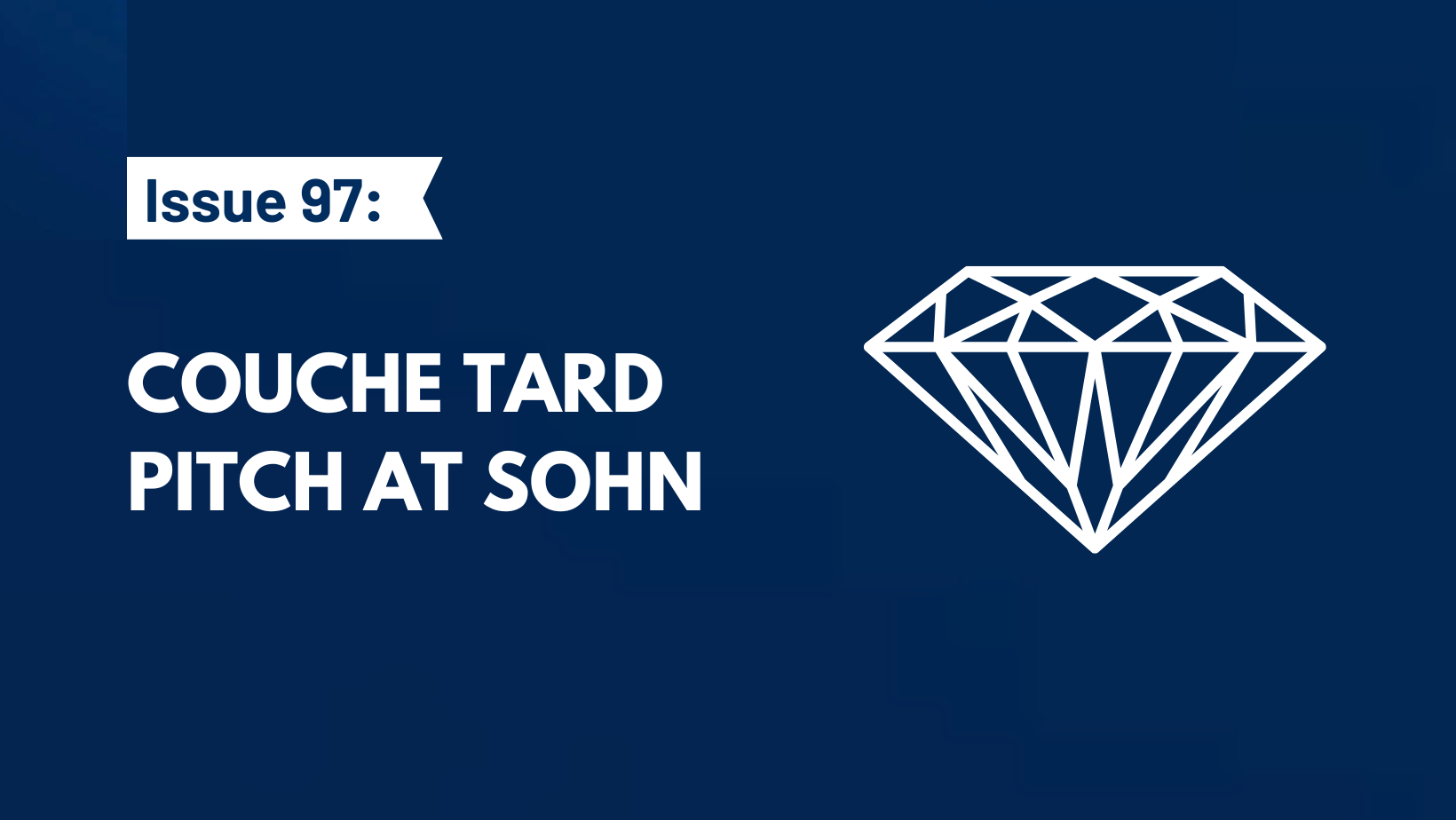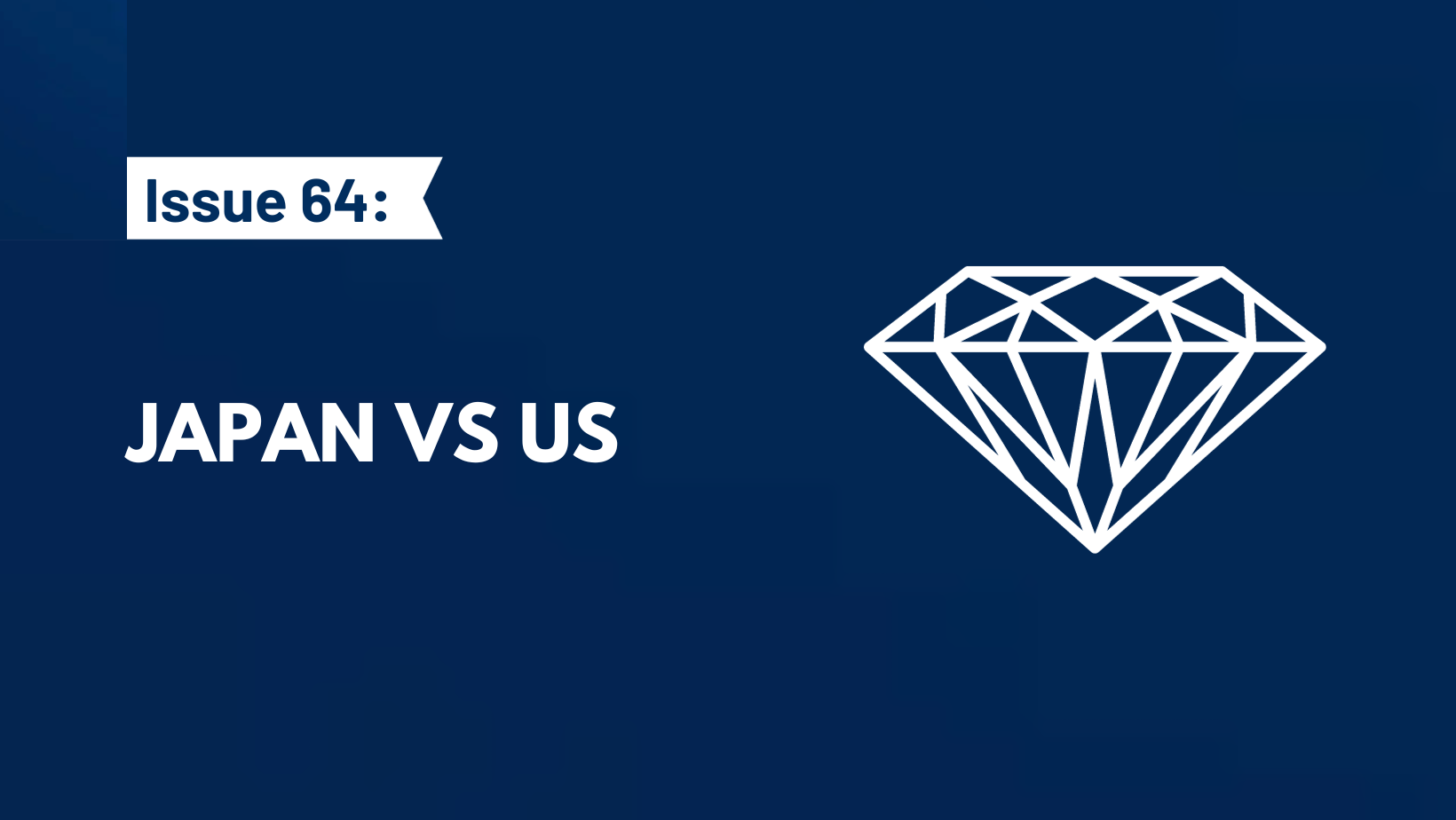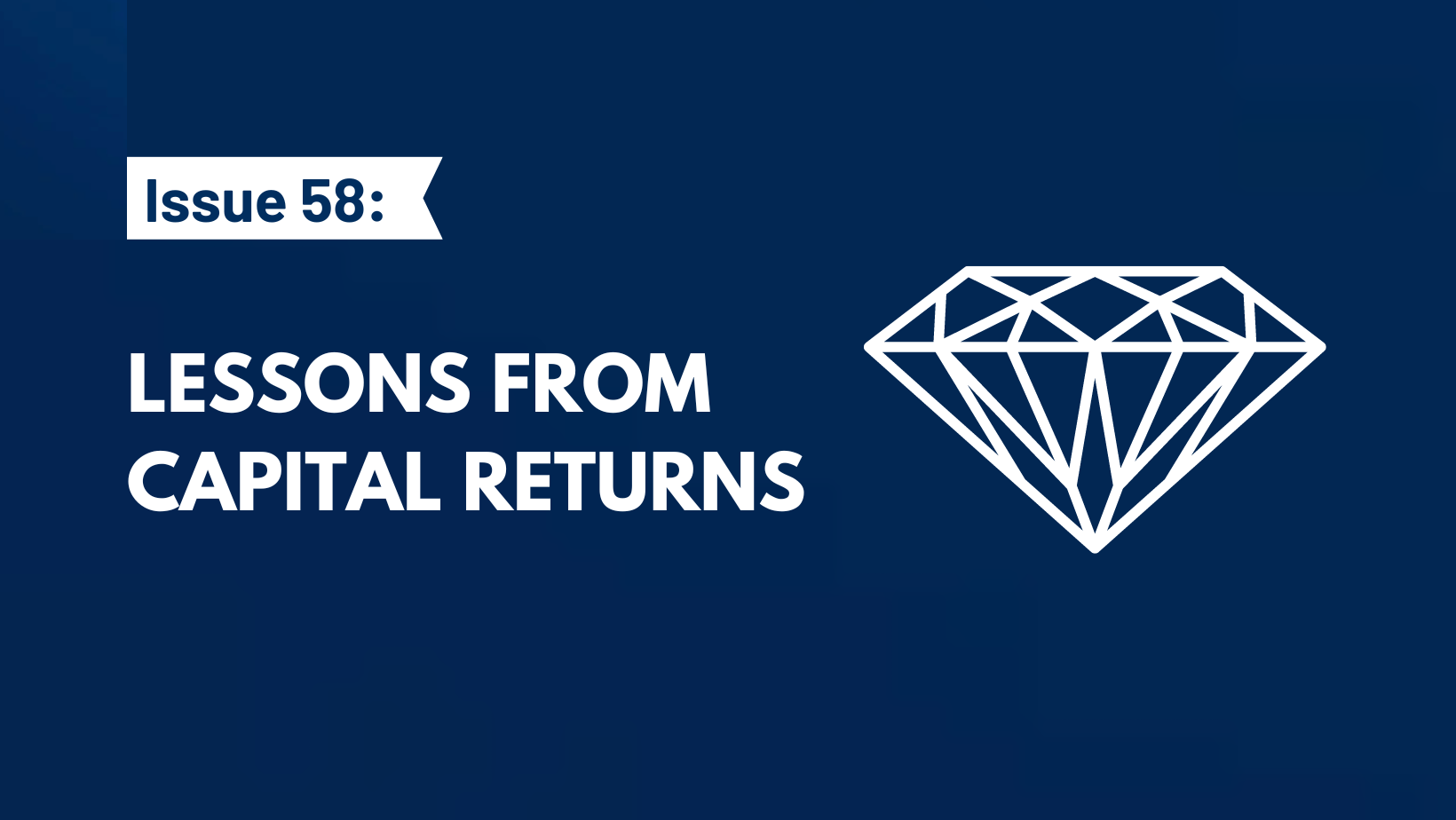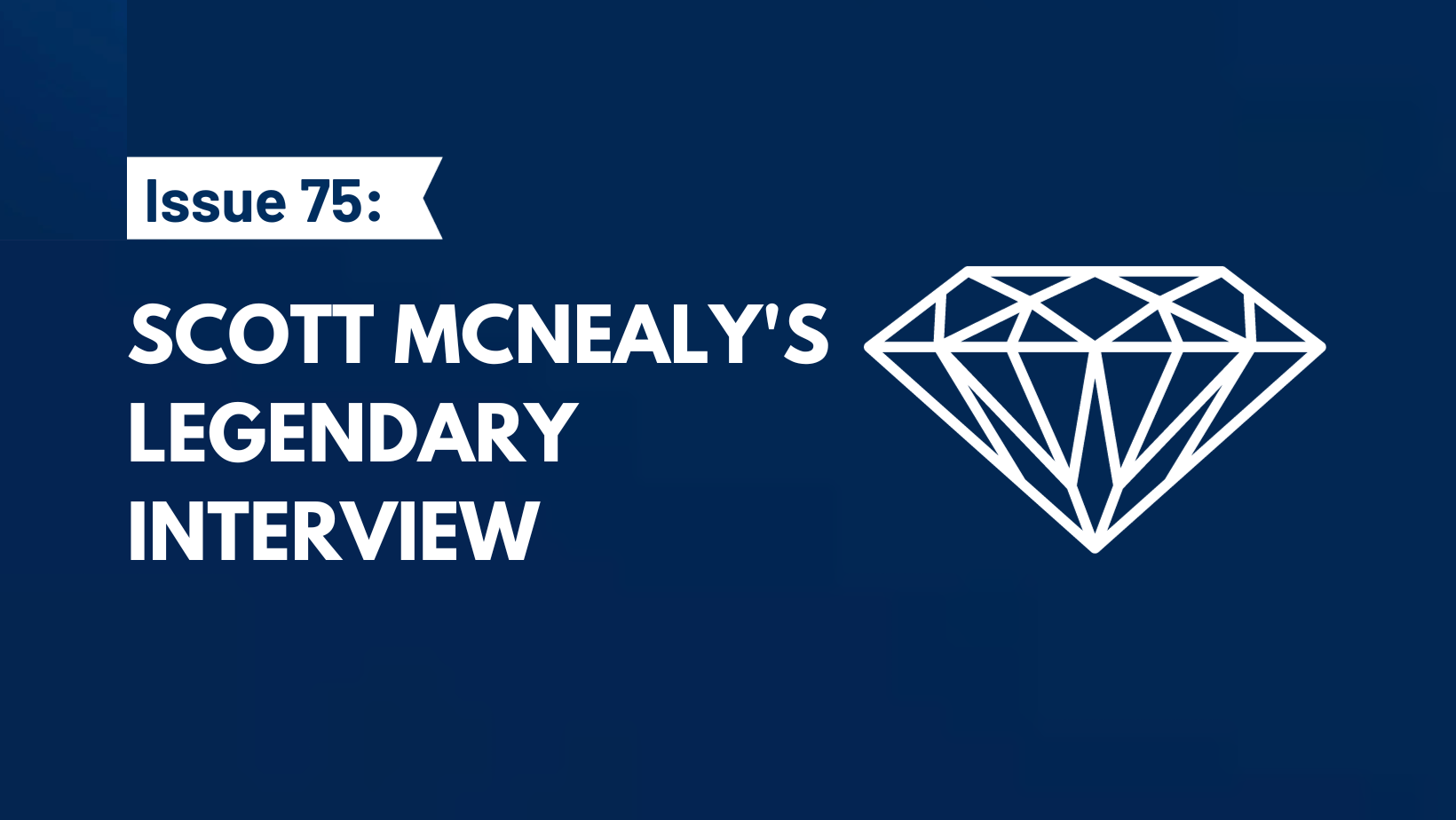NOTE: this was a past issue of my weekly newsletter, Timeless Gems. Join my free mailing list so you don’t miss out on future issues.
Today’s gem is this investment pitch on Couche Tard at the 2024 Sohn Conference (12-minute video, click image below):
This is a well-articulated and concise investment pitch. Nikhil does a great job focusing on the key value drivers for Couche Tard. Worth taking note of for any investor, regardless if you like the business or not.
I’ve talked about Couche Tard in a previous post, huge fan of the company and what they’ve built (and you can tell from this post that I originally misunderstood the business model, more on that below).
For those unfamiliar, Couche Tard is the second largest operator of convenience stores/gas stations in the world. Over 40 years, they grew (mostly through acquisition) from 0 to 15,000 locations that generate $72bn in revenue and employ 128k people worldwide.
Despite being a $72bn company, I feel like Couche Tard still flies under the radar, especially outside of Canada. The investment pitch covers key highlights of the business and answers the important questions:
- Why the business is mispriced. Couche Tard’s business model is misunderstood, it’s far more resilient and attractive than people assume. This answers the important question of “Why am I able to purchase it for an attractive multiple?” which I discussed in a previous post on business returns vs investment returns.
- Why there’s still a large runway for reinvestment. The US market remains highly fragmented, and Couche Tard has an incredible track record of acquisitions. As I’ve mentioned before: good businesses generate a high ROIC but great businesses reinvest at a high ROIC.
- Why a supply/demand imbalance will persist. Capital has retreated from anything related to gas stations, combined with new environmental regulations has resulted in constrained supply. This is textbook capital cycle theory in action. Couche Tard will no doubt continue to capture more supply and benefit greatly from the imbalance.
Any great investment pitch should be able to concisely answer all 3 of the above questions and this Couche Tard pitch nailed it.
At Atlasview, we use a similar framework in assessing acquisition opportunities as outlined in our upside/downside case. The above bullet points, but in reverse order:
- Supply/demand – we pursue businesses where the supply has been stagnant and constrained, driven by a lack of capital inflows (TAM is too niche for VCs) and high barriers to entry for new entrants (high switch costs/risks and or large initial capex). This is our downside case, which is to generate predictable cash flows from a stable business.
- Reinvestment runway – we pursue fragmented markets that have many mature players where we can redeploy capital into inorganic growth. This is our upside case, which is to compound capital via add-on acquisitions.
- Mispricing – we assume that many smart buyers have already passed on the business. So we always ask ourselves “why are we the lucky buyers?” . The reasons generally revolve around size, geography, overlooked industries, or overstated risks within the business that we can get comfortable underwriting (and have a plan to fix).
My key takeaway here is that a great investment pitch is concise and easy to understand. Talented investors can quickly hone in on the main value drivers that will generate investment returns. There’s a great Sam Zell anecdote on this.
I’m firmly in the belief that the more complex or obscure the investment thesis, the more likely it’s a bad investment.
—
Disclaimer: none of this is investment or financial advice. Always do your own due diligence and consult with your advisors before making any investment or financial decisions.




